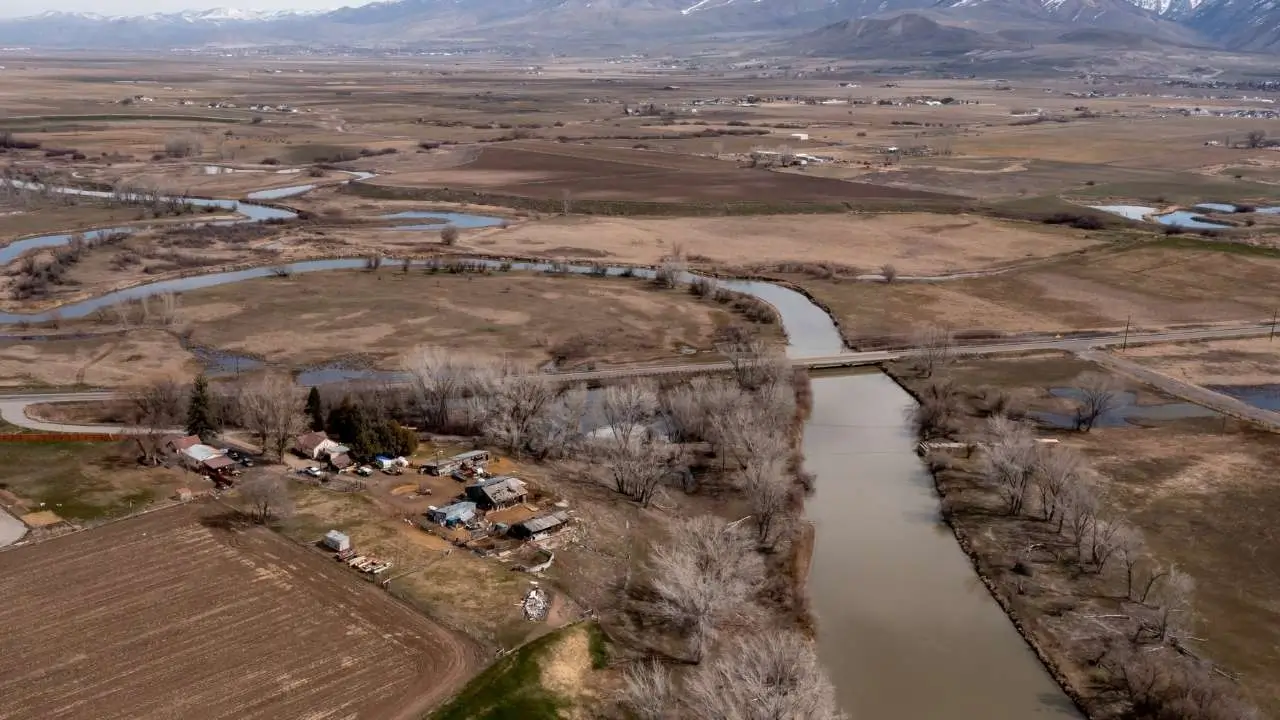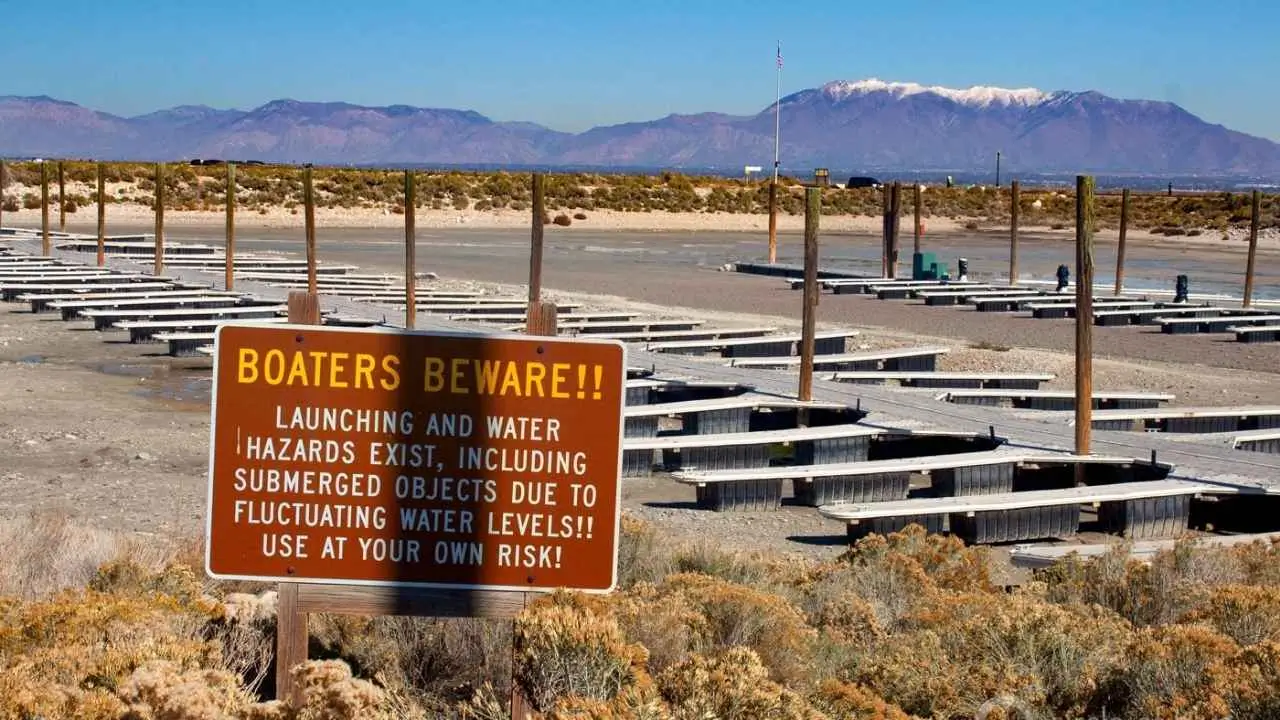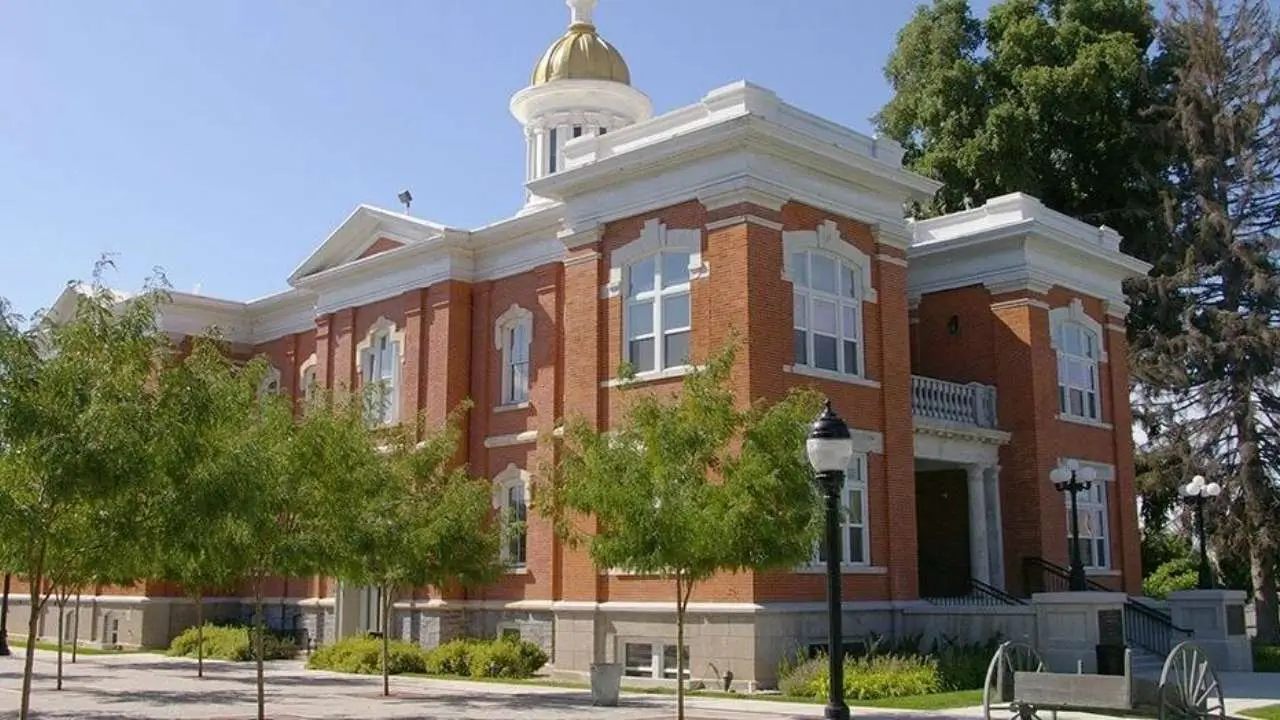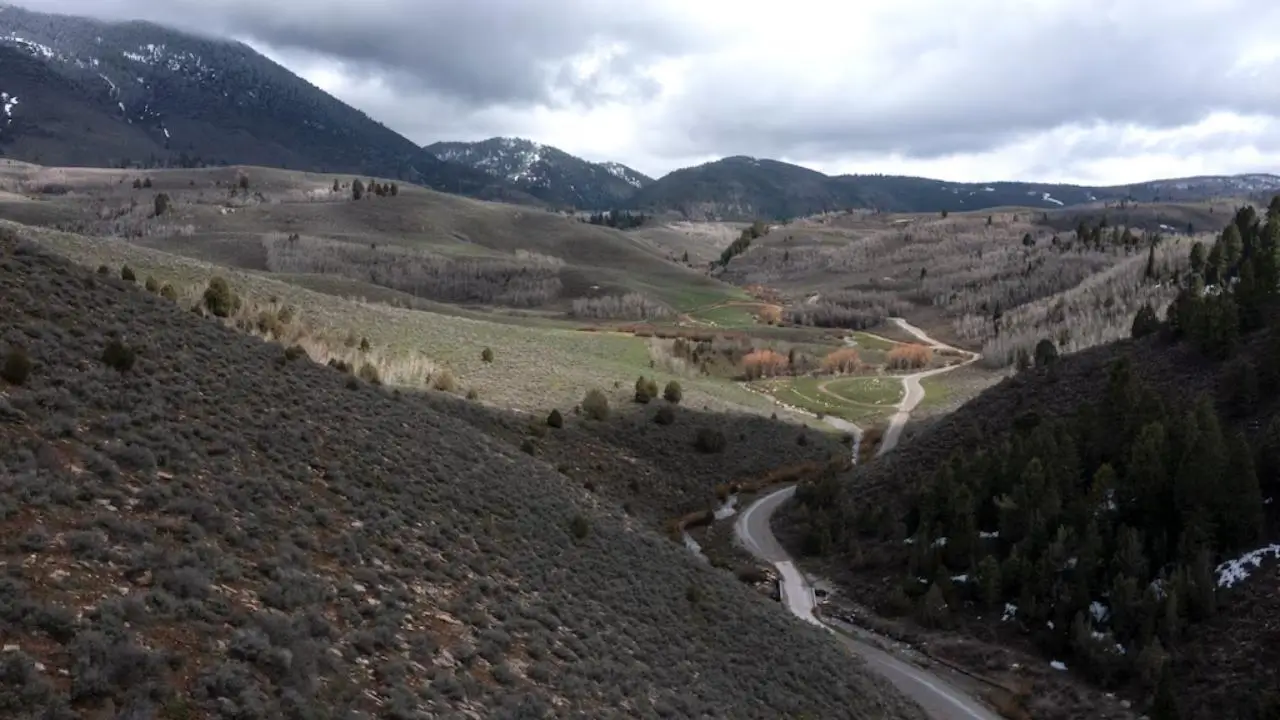Cache County, known for its scenic rural landscapes and agricultural heritage, is undergoing a transformation that could reshape its future. As the county grapples with a surge in population and development, local officials are focusing on growth as a means to accommodate newcomers and stimulate the economy. But with growth comes a challenge: how can the county preserve its rural identity, its agricultural roots, and its long-standing way of life while embracing progress?
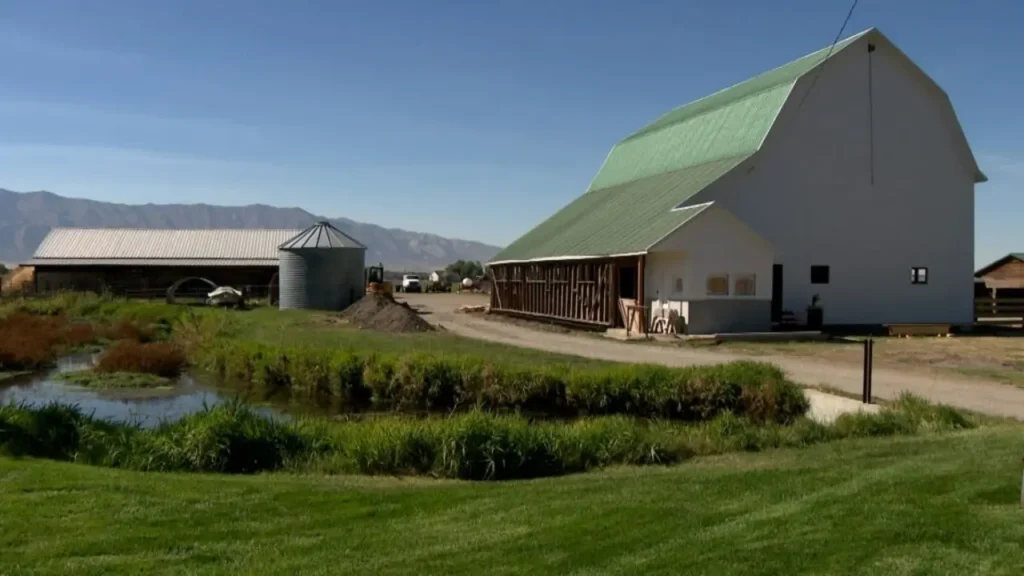
A Rapidly Changing Landscape
Over the past decade, Cache County has experienced a notable increase in population, driven in part by the growth of nearby urban areas, such as Logan, and the area’s appeal as a desirable place to live. Many new residents are drawn to the valley’s scenic views, outdoor recreation opportunities, and relatively affordable housing. As a result, the demand for residential and commercial developments has surged, pushing local officials to consider new strategies for urban planning.
In response to this demand, developers have proposed new housing projects, including the construction of over 2,000 new units by 2030. These plans include both single-family homes and multi-unit residential buildings, primarily located in the northern and eastern parts of the valley. Commercial developments, such as shopping centers and office buildings, are also part of the broader growth strategy aimed at diversifying the county’s economy and attracting more businesses.
However, this rapid growth has sparked concern among many long-time residents, particularly those in rural areas. For them, Cache County’s identity is tied to its agricultural heritage, and the prospect of replacing farmlands with urban sprawl is deeply unsettling. There is a fear that the county’s character—the very essence of what makes it unique—could be lost in the face of expanding development.
The Struggle to Preserve Farmland
Agriculture has long been the backbone of Cache County’s economy and culture. The valley’s fertile land has supported generations of farmers who grow crops such as alfalfa, wheat, and barley, as well as raise livestock. This agricultural tradition is not only an economic driver but also a central part of the community’s way of life.
Yet, as the population grows and development spreads, agricultural land is being lost. Between 2010 and 2020, Cache County saw a reduction of over 3,500 acres of farmland as residential and commercial developments encroached on the rural landscape. For many residents, this trend raises important questions about the future of farming in the county. Will it be possible to continue growing food in a place where development is taking over? Will young farmers be able to afford the land they need to sustain their livelihoods?
The loss of farmland also raises concerns about environmental sustainability. Agriculture in Cache County relies on extensive irrigation systems, which could become overburdened as the population grows and more water is needed for urban uses. Furthermore, the spread of development could harm local wildlife habitats and affect the natural resources that are vital for farming.
Growth’s Economic Benefits
Despite the concerns about losing rural land, many argue that growth is necessary for the long-term economic health of the county. The influx of new residents brings a wealth of potential benefits, including increased demand for local goods and services. As more people move to Cache County, the need for housing, retail businesses, healthcare, and education will grow. This, in turn, could lead to more job opportunities and economic diversification, which could help reduce the county’s reliance on agriculture alone.
Developers and local officials emphasize that smart growth is the key to ensuring that the county benefits from expansion without sacrificing its identity. According to this view, well-planned residential and commercial developments can coexist with agricultural land, creating a more balanced and resilient economy. For example, residential developments near existing urban areas can reduce the pressure to expand into agricultural zones. Additionally, commercial projects can bring in new revenue that could be invested back into preserving open spaces and supporting local farmers.
The potential for economic growth is not limited to housing and retail. Over the next few decades, experts predict that the property values in Cache County will rise substantially due to increased demand for land. This could provide a significant boost to the county’s economy, as higher property values would lead to higher tax revenues, which could be reinvested in infrastructure and public services.
The rise in property values could also help mitigate some of the challenges faced by farmers who wish to sell their land. While many are reluctant to sell, the growing demand for land could give them an opportunity to retire or relocate while receiving a fair price for their property. However, this also raises concerns about the future of farming in the county, as more land becomes available for development and fewer people are able to afford large agricultural plots.
The Environmental and Social Impact of Growth
For many residents, the environmental impact of unchecked growth is a primary concern. As development spreads across Cache County, the environmental consequences could be far-reaching. Urban sprawl can strain local infrastructure, particularly water resources, which are already a precious commodity in the region. With increasing numbers of homes and businesses relying on local water supplies, there is concern that the county’s natural resources could be stretched thin, making it difficult to sustain both urban and rural needs.
Additionally, the growth of urban areas may disrupt local ecosystems and wildlife habitats. Cache County is home to diverse plant and animal species, many of which rely on undisturbed landscapes for survival. Habitat fragmentation caused by development could threaten the county’s biodiversity, making it harder for wildlife to thrive in the region.
Socially, the influx of new residents could alter the dynamics of local communities. While the growth of the economy and the arrival of new businesses may provide opportunities, it could also create divisions between newcomers and long-time residents. The cultural differences between the two groups may not always be easily bridged, leading to tensions and a sense of loss among those who have lived in the area for generations. The county’s rural identity, which has long been a source of pride for its residents, could be diluted as urbanization spreads.
The Role of Planning and Community Involvement
Given the complexity of the situation, many local leaders emphasize the importance of careful planning and community involvement. While growth is inevitable, it must be managed in a way that respects the county’s agricultural heritage and ensures that its rural identity is preserved. Involving the public in the planning process is essential for finding solutions that reflect the values and priorities of the community.
Local government officials have stated their commitment to preserving farmland and green spaces, while also embracing development that will meet the needs of future residents. Public input will be crucial in determining the types of growth that are most appropriate for Cache County and how to mitigate the negative effects of urbanization.
Community members have also called for policies that encourage the use of sustainable practices in both urban and rural development. For example, incorporating green spaces, renewable energy, and water conservation measures into new developments could help reduce the environmental impact of growth while maintaining the county’s natural beauty.
High-Density Development: Will Affordable Housing Destroy the Charm of Small Towns?
Looking to the Future
As Cache County faces this critical juncture, it must find a balance between preserving its rural roots and adapting to the demands of a growing population. The county’s future will depend on the decisions made today about how to manage development, protect farmland, and ensure that the community’s identity is not lost in the process.
If the county can successfully navigate this growth, it could become a model for other rural areas facing similar challenges. The key will be balancing economic opportunity with environmental sustainability and social harmony. Ultimately, Cache County’s future will be shaped by the decisions of both its leaders and its residents, who will need to work together to chart a course for the next generation.
In the coming years, Cache County will likely undergo significant change. The question remains: will the county be able to preserve its agricultural roots and rural identity, or will it be forever altered by the pressures of growth? Only time will tell.




